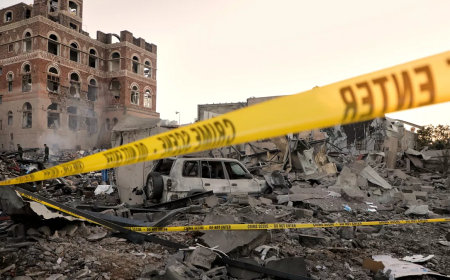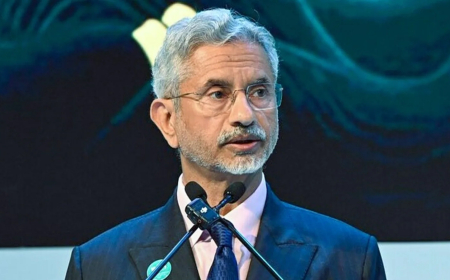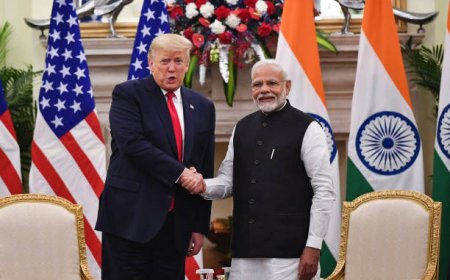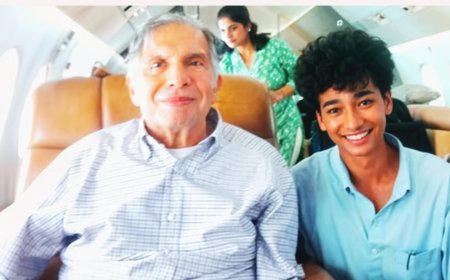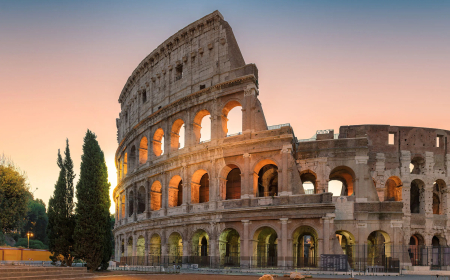Fort William Renamed Vijay Durg: Indian Army Removes Colonial Legacy in Eastern Command Headquarters
The Indian Army’s Eastern Command headquarters, Fort William, has reportedly been renamed Vijay Durg as part of efforts to shed colonial imprints, with internal communications already adopting the new name.

In a significant move to erase remnants of India’s colonial past, the Indian Army’s Eastern Command headquarters, Fort William, has reportedly been renamed Vijay Durg . While an official announcement is still awaited, internal communications within the military have already embraced the new name, according to a report by The Times of India .
This decision reflects the broader initiative by the Indian government and armed forces to replace colonial-era names with indigenous ones that resonate with national pride and cultural identity. The renaming of Fort William—named after King William III of England—is a step toward reclaiming history and honoring India’s heritage.
Confirmation from Military Officials
Wing Commander Himanshu Tiwari, Chief Public Relations Officer at the Ministry of Defence (Kolkata), confirmed the development, stating that the decision was made in mid-December last year. “The order came in the second week of December but is yet to be formally announced. In our internal communication, we have stopped using Fort William,” he told The Times of India .
The shift marks a symbolic departure from the stronghold of colonial influence, aligning with similar efforts across the country to rename institutions, landmarks, and structures bearing colonial names.
Renaming Key Landmarks Within Fort William
The renaming exercise extends beyond the Eastern Command headquarters itself. Two prominent landmarks within Fort William have also been rechristened:
-
Kitchener House → Manekshaw House : Named after Lord Horatio Kitchener, a British military leader, the building has now been renamed in honor of Field Marshal Sam Manekshaw, one of India’s most celebrated military figures. Manekshaw played a pivotal role in India’s victory during the 1971 Bangladesh Liberation War, making him a fitting choice for the renaming.
-
St George’s Gate → Shivaji Gate : Previously known as St George’s Gate, this entrance has been renamed Shivaji Gate , paying tribute to Chhatrapati Shivaji Maharaj, the revered Maratha warrior king. This change underscores the valor and strategic brilliance of Indian historical icons over colonial figures.
These changes reflect the Indian Army’s commitment to fostering a sense of national pride and ownership among its personnel while honoring homegrown heroes who shaped the nation’s history.
Why Rename Fort William?
Fort William, located in Kolkata, has long been a symbol of British colonial dominance in India. Built in the early 18th century, it served as a key military stronghold for the British East India Company and later the British Raj. Its very existence is intertwined with India’s struggle against colonial rule, making the decision to rename it all the more significant.
By renaming it Vijay Durg —which translates to “Victory Fort”—the Indian Army seeks to emphasize triumph, resilience, and sovereignty. The new name aligns with the ethos of modern India, celebrating its journey from subjugation to self-reliance.
Broader Context: Removing Colonial Imprints
The renaming of Fort William is not an isolated incident. Over the past few years, India has undertaken several initiatives to remove colonial vestiges from public life. Examples include:
- Renaming cities like Calcutta to Kolkata and Bombay to Mumbai.
- Replacing colonial-era statues and monuments with those of Indian freedom fighters and leaders.
- Renaming roads, institutions, and landmarks to reflect indigenous culture and history.
These efforts are part of a larger movement to decolonize India’s collective memory and instill a renewed sense of pride in its rich heritage.
What Lies Ahead?
While the formal announcement of the renaming is pending, the adoption of Vijay Durg in internal communications signals a seamless transition. The move is expected to inspire similar changes across other military installations and institutions bearing colonial names.
For now, the Indian Army’s decision serves as a reminder of the importance of reclaiming history and ensuring that future generations connect with symbols that reflect their identity and aspirations. As the nation moves forward, such gestures reinforce the spirit of unity and patriotism, celebrating India’s journey toward progress and self-determination.
With these changes, Fort William—or rather, Vijay Durg —stands as a testament to India’s enduring legacy of courage, resilience, and triumph over adversity.

